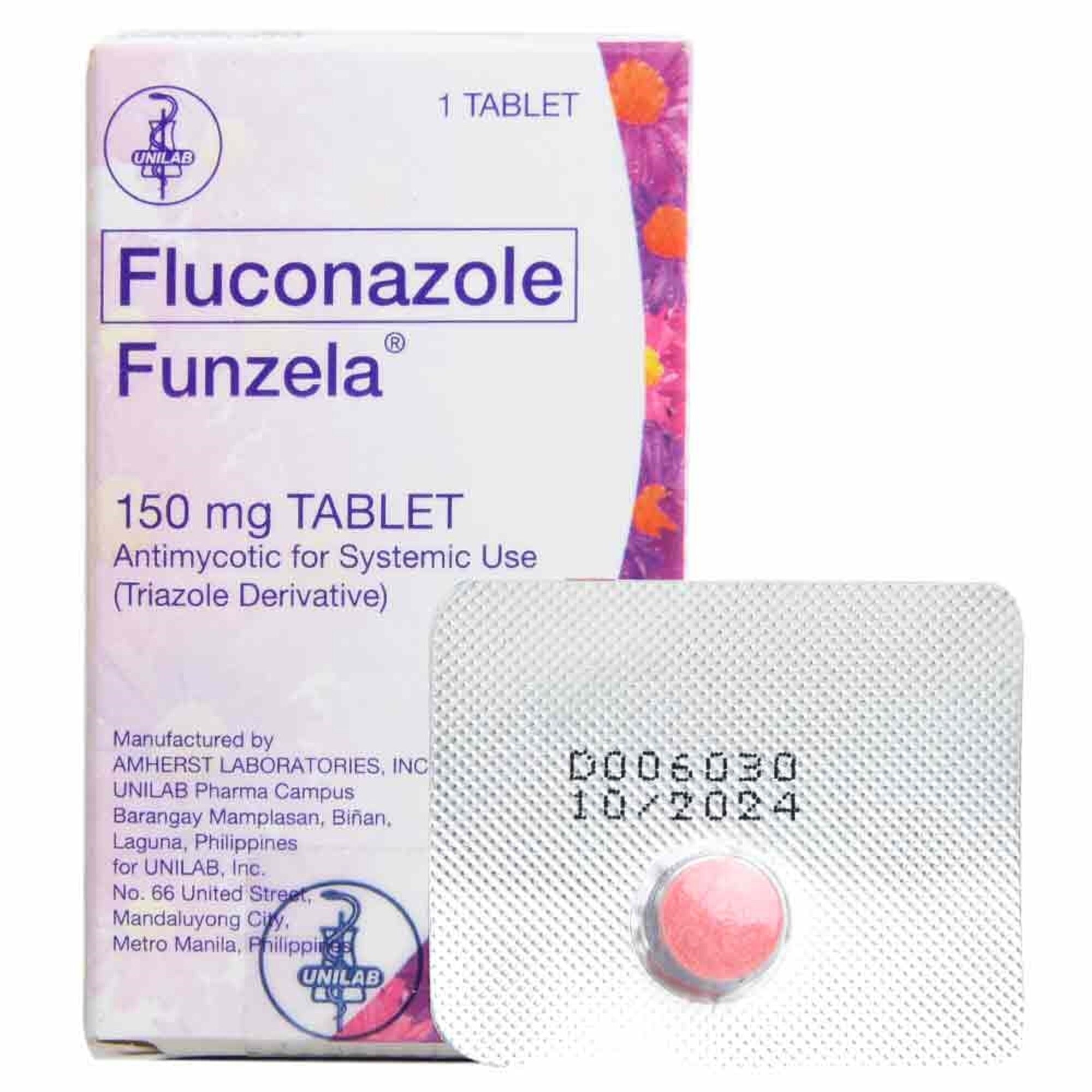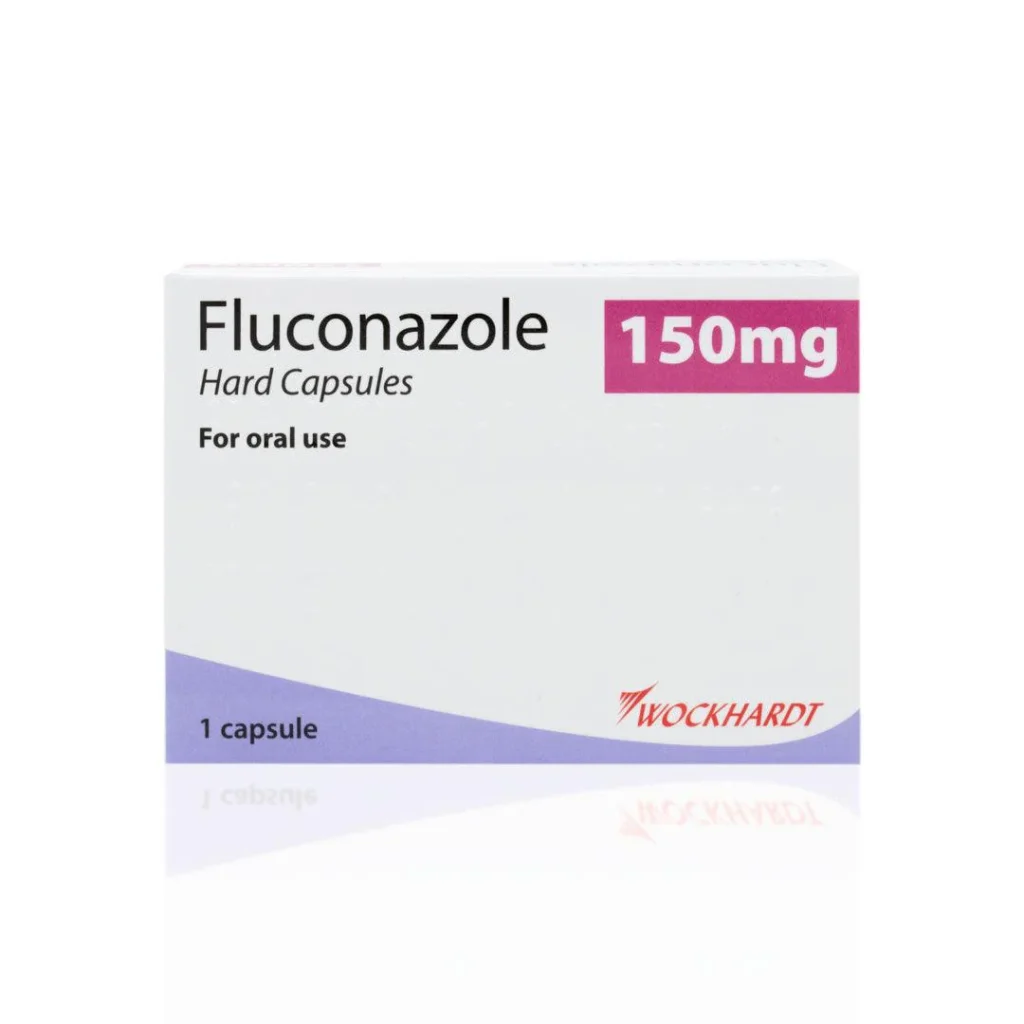buy cough syrup
What is fluconazole used for? 150mg
What is fluconazole used for?

Doctors use the antifungal medication fluconazole to treat or prevent a variety of fungal and yeast infections, including:
- vaginal yeast infections
- oral yeast infections
- fungal skin infections
- fungal meningitis
Fluconazole, which is only available with a prescription from a doctor or licensed healthcare professional, comes in several different forms, including:
- oral tablet (Diflucan)
- oral suspension
- injection
Your dosage of fluconazole will depend on the condition it’s being used to treat. Knowing more about fluconazole can help you determine whether it’s right for you. You can talk with your doctor for more advice and a potential prescription. What is fluconazole used for?
What types of conditions is it prescribed for?
Fluconazole is a medication that doctors prescribe to treat or prevent candidiasis, an infection brought on by the fungus Candida. Some instances of candidiasis include vaginal yeast infections and oral yeast infections, generally known as thrush. However, infections in the skin, blood, esophagus, lungs, and throat can also result from candidiasis. Fluconazole is effective against both these illnesses and a particular kind of meningitis brought on by the fungus cryptococcus.
There are occasions when fluconazole is prescribed as a preventative drug in individuals who:

- have a weakened immune system
- have recently had a bone marrow transplant
- have HIV
- are at a high risk for getting meningitis
- have had multiple vaginal yeast infections
What happens when you take fluconazole?
One antifungal medication is fluconazole. It functions by eradicating the cryptococcus or candida fungus, preventing them from proliferating. This aids in your recovery from the fungal infection. Taken as a preventative measure, fluconazole destroys any fungus as soon as it manifests.
Fluconazole acts immediately at onset of treatment; however, it can take several days for you to experience a reduction in symptoms. After taking fluconazole for approximately seven days, your symptoms for the majority of fungal infections normally go better. It could take one to two weeks for the medication to take full action in cases of more severe fungal infections. There could be drug interactions with fluconazole. Fluconazole may interact dangerously with some antidepressants, painkillers, heart rhythm medications, and blood pressure and cholesterol medications. Make sure you discuss any vitamins, herbs, or prescriptions you’re taking with your doctor.
How much fluconazole do you need to take?
Fluconazole comes in a variety of strengths and formats. Oral tablets and powders that you mix with liquid to make a drinkable solution are the two most frequently recommended forms. Depending on the ailment for which fluconazole is being used, your doctor will determine the appropriate dosage for you. You may take fluconazole for at least two weeks after your symptoms go away if specific requirements are met.
The following lists the dosages for the common conditions that fluconazole is used to treat:
- Vaginal yeast infection: a one-time dose of 150 milligrams (mg)
- Esophagus infection: 200 mg on day 1, and then 100 mg once per day for at least 3 weeks
- Mouth and throat infection (oral thrush): 200 mg on day 1, and then 100 mg once per day for at least 2 weeks
- Blood infection, lung infection, or other serious fungal infection: 400 mg or less, once per day
- Meningitis: 400 mg on day 1, followed by 200 to 400 mg once per day
- Fungal skin infections (athlete’s foot, ringworm, jock itch, nail infection): dosage depends on the location of the infection
- Preventing fungal infections: 400 mg once per day
In children, the dosage of fluconazole may be slightly different. Note that children’s dosages are measured in mg per kilogram (mg/kg). For reference, 1 kg is about 2.2 pounds (lb).
- mouth and throat infection (oral thrush): 6 mg/kg on day 1, then 3 mg/kg once per day
- blood infection, lung infection, or other serious fungal infection: 6 to 12 mg/kg once per day
- meningitis: 12 mg/kg on day 1, then 6 to 12 mg/kg once per day
Side Effects?
Like most drugs, fluconazole may cause certain side effects. Common side effects reported with fluconazole include:
- nausea
- indigestion
- headache
- dizziness
- diarrhea
In rare cases, fluconazole may cause more serious side effects like liver damage and adrenal gland problems. Make sure you contact your doctor right away if you experience any serious side effects, or side effects that don’t go away.
Fluconazole may be prescribe for children ages 6 months and older to treat fungal infections. In children, side effects such as vomiting, abdominal pain, and diarrhea were more common than in adults. What is fluconazole used for?
Summary
Numerous fungal infections are treat and prevented using fluconazole. Fluconazole is prescribe by doctors to treat or prevent fungal meningitis and infections of the genitalia, throat, lungs, esophagus, skin, and blood. In order to prevent the fungi from reproducing, it kills them. The ailment that fluconazole is being use to treat will determine how much of it you need to take. Typically, it takes a week or so to experience symptom improvement. Fluconazole may produce some side effects, including nausea and headache.
To find out more about the benefits and potential risks of fluconazole, consult your doctor.
What is fluconazole
What is fluconazole
What is fluconazole
What is fluconazole
What is fluconazole
What is fluconazole

